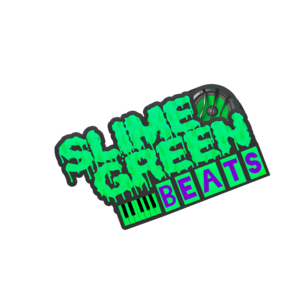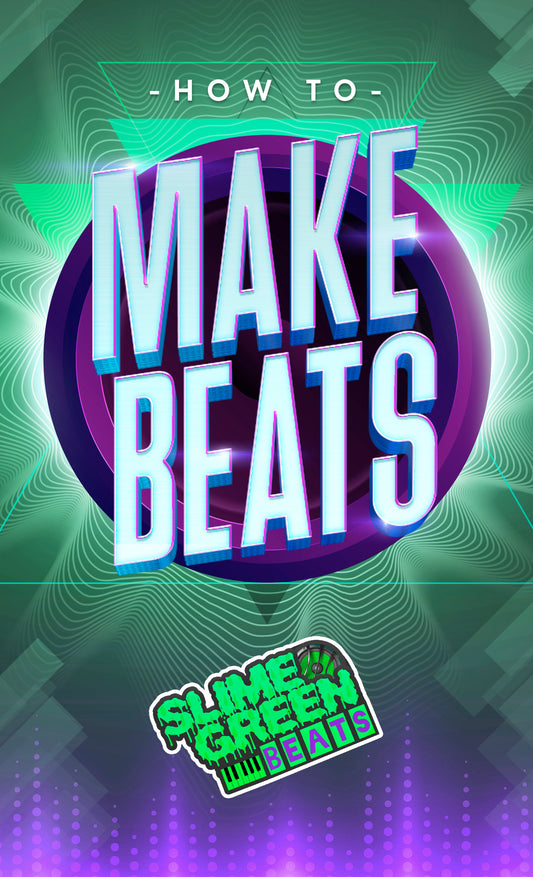Reverb is a common effect used in music production to make sounds feel more natural and lively. It adds space and depth to your tracks, making them more enjoyable to listen to. In this guide, we'll show you how to add reverb to your music in FL Studio 21.
What Is Reverb?
Reverb, short for reverberation, is the effect you hear when a sound bounces off surfaces in a room or space. It's what makes a sound feel like it's in a small room, a large hall, or even a cave. In music production, reverb helps create atmosphere and can make instruments and vocals sound more realistic.
Why Use Reverb?
- Adds Depth: Reverb makes sounds feel three-dimensional.
- Creates Space: It can simulate different environments.
- Enhances Vocals and Instruments: Makes them sound more professional.
- Smoothes Transitions: Helps blend different elements of a track together.
Step-by-Step Guide to Adding Reverb
Step 1: Open Your Project
- Launch FL Studio 21 and open the project you want to work on.
Step 2: Select the Sound
- Choose the instrument or vocal track you want to add reverb to from the Channel Rack.
Step 3: Assign to a Mixer Track
- Click on the channel and look for the FX slot.
- Assign it to an empty mixer track by entering a number.
Step 4: Open the Mixer
- Press F9 or click on the Mixer icon to open it.
- Find the mixer track you assigned your sound to.
Step 5: Add the Reverb Effect
- In the mixer track, look for the Effects Slots on the right.
- Click on an empty slot and a list of effects will appear.
- Select "Fruity Reeverb 2", which is FL Studio's built-in reverb plugin.
Step 6: Adjust Reverb Settings
- Once Fruity Reeverb 2 opens, you'll see various knobs and sliders.
- Wet Level: Controls how much reverb is added.
- Dry Level: Controls the original sound's volume.
- Room Size: Changes the size of the simulated space.
- Damping: Affects how quickly the reverb fades.
- High Cut/Low Cut: Filters out high or low frequencies from the reverb.
Step 7: Fine-Tune the Effect
- Play your track and adjust the settings in real-time.
- Listen carefully to how each change affects the sound.
- Find the balance that sounds best for your music.
Tips for Using Reverb
- Less Is More: Too much reverb can make your mix sound muddy.
- Use Presets: Fruity Reeverb 2 has presets that can be a good starting point.
- EQ Your Reverb: Use equalization to remove unwanted frequencies from the reverb.
- Automation: Automate reverb parameters for dynamic effects.
Additional Resources
- Beats for Sale: Find high-quality beats to enhance your projects.
- Wonderland Melody Loop Pack: Get inspiring melody loops for your next track.
- How to Mix Beats eBook: Learn the art of mixing beats like a pro.
- How to Make Beats eBook: A beginner's guide to creating your own beats.
Conclusion
Adding reverb in FL Studio 21 is a simple way to make your music sound more professional and engaging. By following these steps, you can easily enhance your tracks and bring them to life. Experiment with different settings to find the perfect sound for your music.








